SPAIN: DOCUMENTS The citizen of a member country of the European Union, can move and reside freely in Spain. For European citizens, an identity card issued by the municipality, valid for expatriation or a passport, is required for entry into Spain. Children and minors must have their own passport / identity card. Citizens of other […]
Author: admin
How to get to Spain. Flights to Spain
HOW TO GET TO SPAIN: FLIGHTS AND AIRPORTS Spain has an important and extensive network of international airports which are present in every region of the country. The most important airports in Spain are those of Madrid-Barajas, Barcelona-El Prat, Palma de Mallorca, Malaga, Tenerife, Gran Canaria and Alicante. Spanish air traffic is highly developed. Madrid-Barajas […]
Marbella (120,000 inhabitants) is an important seaside resort on the Costa del Sol in Andalusia, Spain. The Costa del Sol is made up of around 150 km of coastline. Along this strip of coast are some of the best beaches in Europe, yacht ports, surrounded by fantastic mountain ranges, valleys full of crops, sub-tropical landscapes, […]
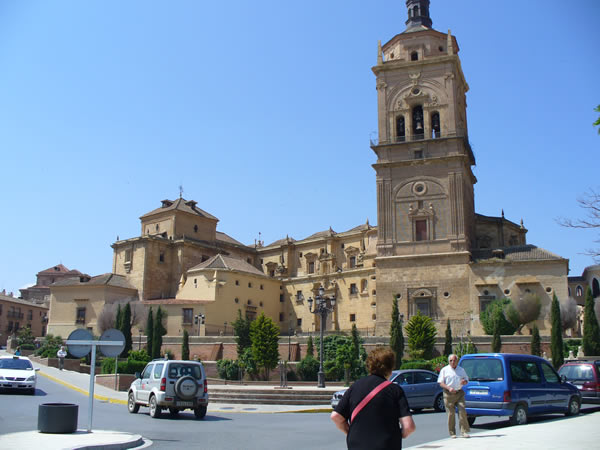
Guadix is a small town of about 20,000 inhabitants located 55 km from Granada, at the foot of the Sierra Nevada mountain range, at a height of 950 meters above sea level. Guadix is one of the oldest human settlements on the Iberian Peninsula. In Roman times it was known as Julia Gemella Acci, while […]
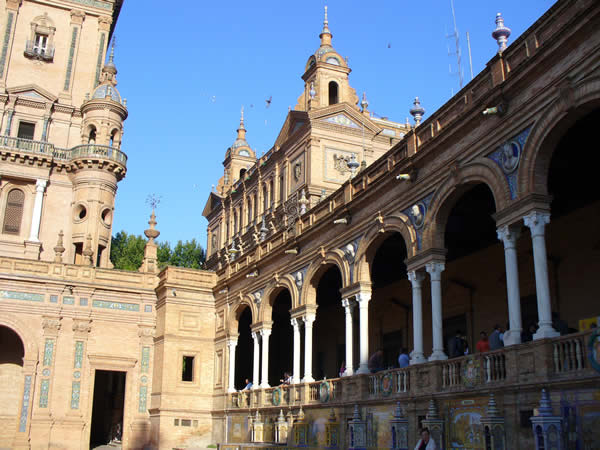
The city of Seville has a warm and dry Mediterranean climate in summer and mild and humid in winter. The city has high temperatures in the summer months, especially in July and August the average maximum temperatures are around 36 ° C and the average minimum temperatures reach values of almost 20 ° C. During […]
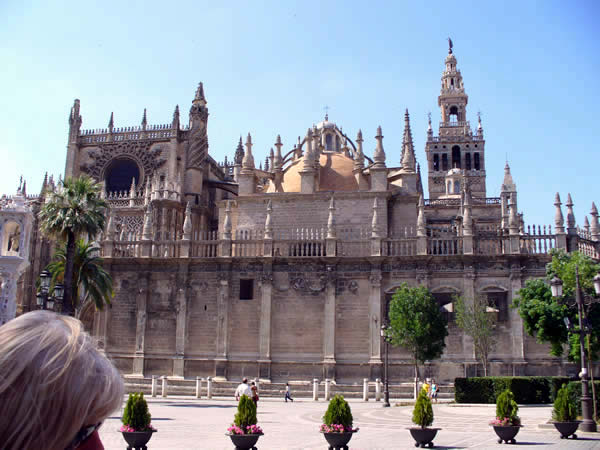
Seville, in Spanish Sevilla, is an important city of over 700,000 inhabitants. This beautiful city, capital of Andalusia, is the artistic, cultural, financial, economic and social center of southern Spain. The city lies several tens of kilometers inland along the course of the Guadalquivir river. Many of the expeditions to the New World left from […]
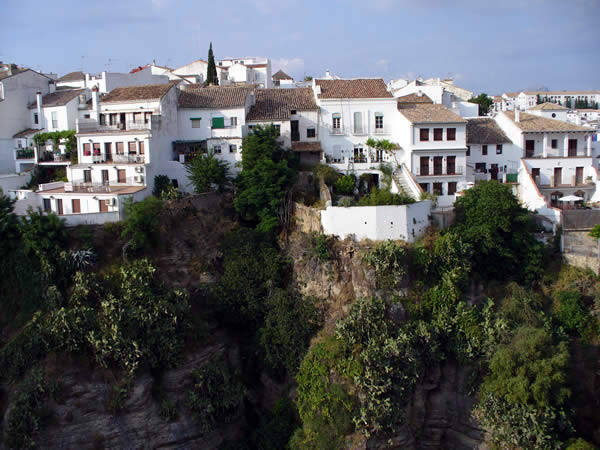
Ronda is a picturesque ancient town which is practically in the center of the Spanish Pueblos Blancos area. The city is in fact located in the north-west area of the province of Malaga in Andalusia. Placed on a high rock above a narrow gorge, which divides it into two distinct parts: to the south the […]
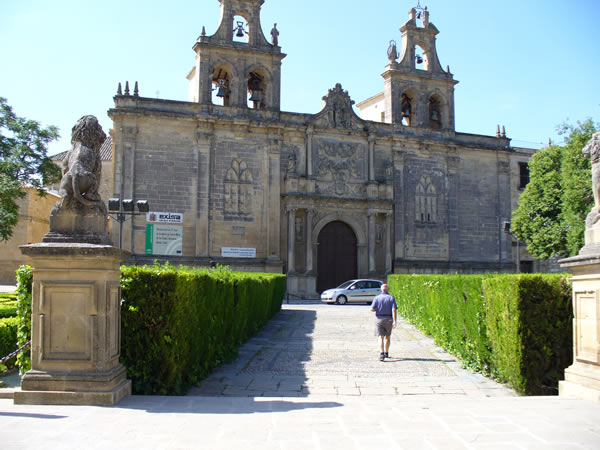
The city of Ubeda, which has about 35,000 inhabitants, is located just 10 km from Baeza. Both towns were declared UNESCO World Heritage Sites in 2003. The historical centers of these two cities represent the first surprising example of Renaissance civil architecture and urban planning in Spain in the early 16th century. Ubeda was founded […]
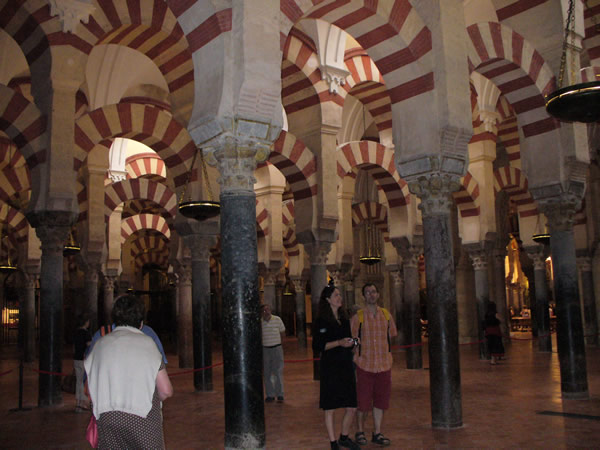
The city of Cordoba has a Mediterranean climate but with both continental and oceanic influences. The city has very hot and dry summers and mild and rainy winters. Temperatures vary considerably daily and the maximum summer temperatures of Cordoba are often among the highest in Europe. Temperatures reach very high values in July and August […]
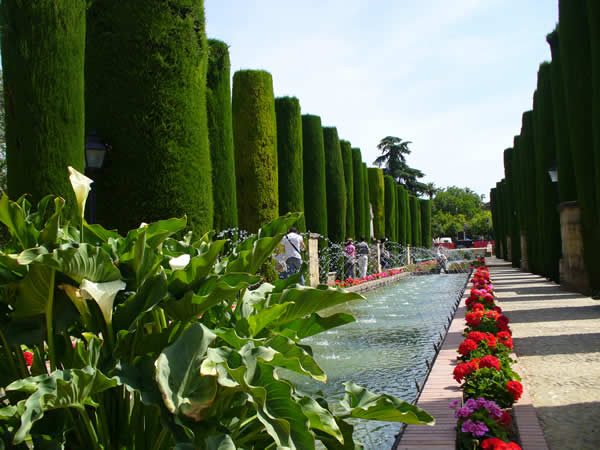
Cordoba – 320,000 inhabitants – is one of the most interesting cities of Andalusia in southern Spain. The city was originally founded by the ancient Romans who called it Corduba. Being located in the inland navigable point of the Guadalquivir river, the city in Roman times became a port and a commercial center of great […]
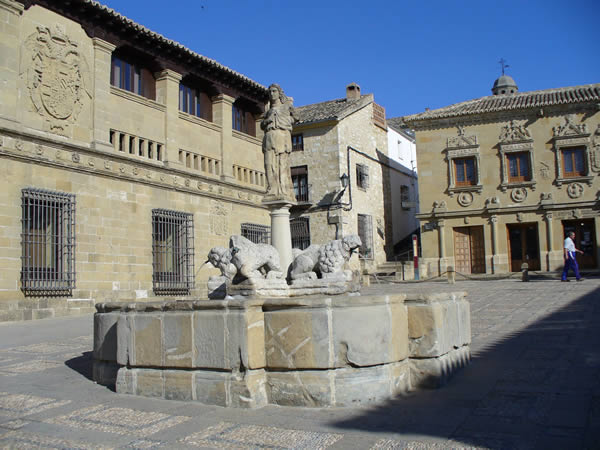
The small town of Baeza which has only 15,000 inhabitants is a small jewel of Renaissance architecture. Baeza is located about 770 meters high on the hills overlooking the region of La Loma and Las Villas, just 10 km from Úbeda, on the right bank of the valley of the Guadalquivir river. Both towns were […]

Arcos de la Frontera, a town of around 30,000 inhabitants, is located 60 km from Cadiz and 110 km from Seville. The ancient village stands on the right bank of the Guadalete river, at a height of 180 meters above sea level. Set on spectacular rocky walls, Arcos de la Frontera is a picturesque town […]

Antequera is an Andalusian town of about 40,000 inhabitants located 47 km from Málaga. The city stands at the foot of the El Torcal mountain range and the strange 880 m. high mountain called La Peña de los Enamorados. Antequera is located at a height of 575 masl, in the center of a fertile area […]
The climate of Lake Bled is of a sub-alpine nature but is temperate due to the protection that guarantee the mountains that surround it. The area of Lake Bled has an average temperature in July of 18 ° C, while in January the average temperature is 2 ° C. The average minimum temperatures remain below […]
Lake Bled (Blejsko jezero) is a popular tourist destination in Slovenia, located in the north-west of the country at a height of 457 meters above sea level. Lake Bled is nestled in the mountains of the Slovenian Alps just 57 km from the capital of Slovenia, Ljubljana. The lake is of glacial origin, and was […]
